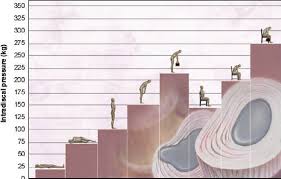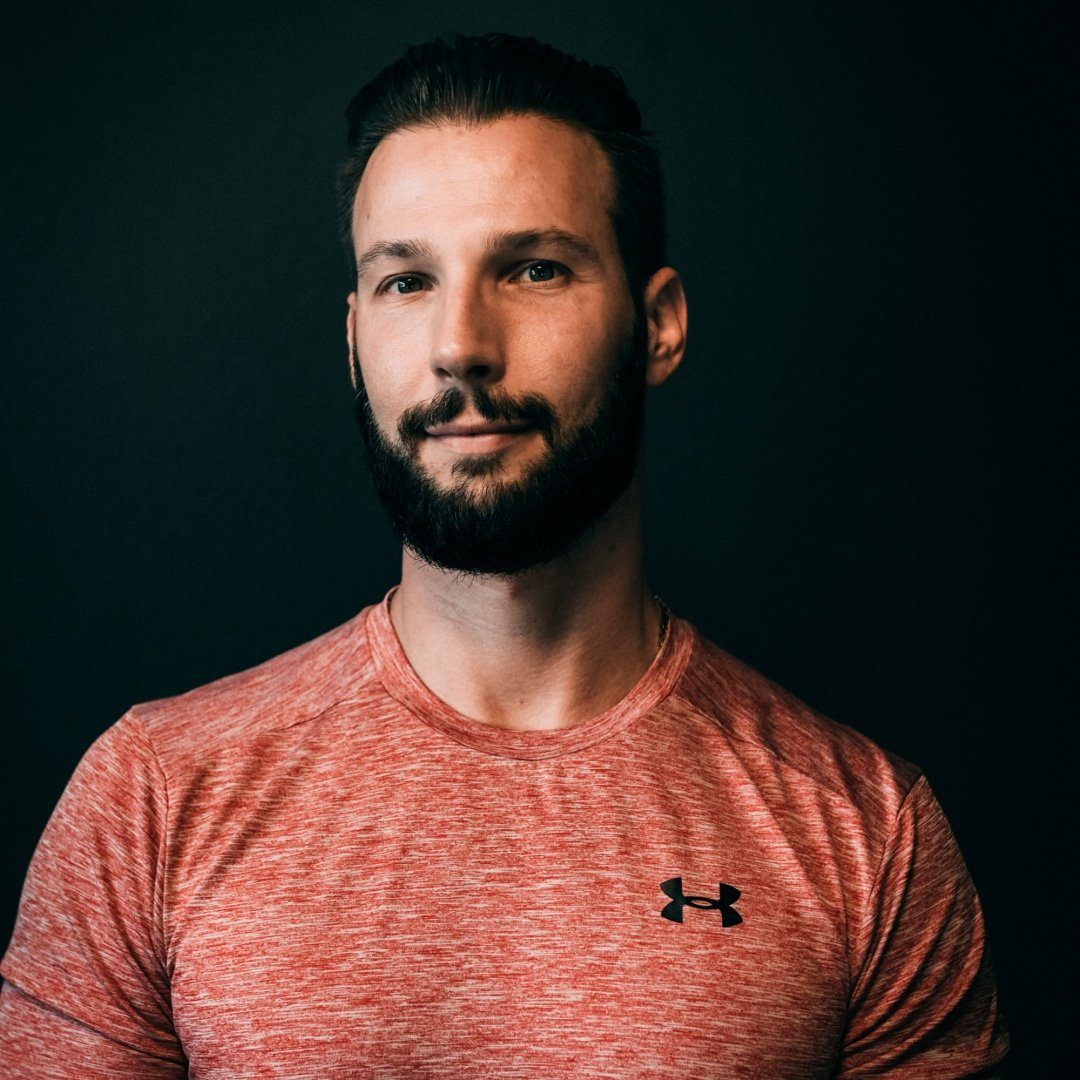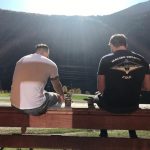Back Pain: Why Do We Get It?
In this article we will look at something most people can identify with at some stage in their lives: back pain.
The back is a complex part of the body with various groups of muscles working together around a central supporting column that is your spine. With this in mind, when someone complains of back pain they could be referring to any number of possibilities. It could be muscular pain, pain associated with the spine, a manifestation of mental stress, or a combination thereof. In addition to this, the pain could be acute in nature (brought about suddenly by a specific event) or chronic (ongoing pain for three months or more). Certain activities or movements, with their associated pathomechanics (incorrect body movement), may be the cause of, or responsible for, prolonging the problem.
For the sake of this article (and not wanting to bore you to death) we will keep it simple and focus on pain that is commonly experienced by the busy professional, i.e. someone who spends a lot of their working day sitting down and who possibly has little or no time for exercise.
Pain and tension in the ‘shoulders’
A common complaint amongst my clients at the start of their fitness journey is tension and pain in their ‘shoulders’. This pain is often described while they clutch the affected area with their hand. The area they are holding is almost always their upper trapezius muscle, around the base of their neck. The trapezius muscle runs down the back of your neck, flares out across the top of your shoulder girdle and down the middle of your back, and tapers down into a point towards the centre of your back in a diamond shape. This complaint is more common amongst ladies than men. Barring any other specific injuries, the reason for this is a strength imbalance amongst the muscle groups of the back. When the muscles in your back are untrained or under-utilised, the trapezius muscle has a tendency to compensate for the work that the other muscle groups should be doing and so becomes fatigued and tense over time. This tension can build up to the point where it can become quite debilitating, causing headaches and needs more than just massage to correct.
Alternatively, this area typically manifests chronic mental stress as soreness or pain. A poor work/life balance, familial stress, insufficient sleep or a sudden crisis can result in the upper trapezius muscle becoming quite tense to the point where even light pressure applied to the muscle will result in severe pain.
Solution: Exercise your back with resistance training using machines and free weights. Guys, you can’t just focus on your chest, biceps and abdominals (aka the beach muscles). Ladies, you can’t just train your legs and triceps. The key to health is balance and that includes keeping the muscles of your body in a relative strength balance. Pull-ups, lat pull-downs, rows (wide grip, narrow grip, supinated grip) and back extensions are all great exercises for your back in order to get it nice and strong. If you suspect that the nature of the discomfort is mental stress, try to identify and eliminate the source of this stress. This can be easier said than done, and often requires time to accomplish. In the meantime practice mediation, play sport, go for a run, get a massage or pursue a creative hobby, anything to get some quality ‘me’ time in until you sort out the root cause.
Lower back pain
Another common complaint is lower back pain. Extended periods of sitting down in front of the computer is a big factor, especially if your posture is poor. The body is designed to move, so if you’re sitting down for extended periods of time do try to stand up and walk around every half hour or so. Prolonged time spent sitting down can lead to the tightening of the hamstrings (back of the leg), adductors (inner thigh) and glutes (butt). The tightening of these muscle groups, especially if compounded by weak lower back muscles, can lead to a posterior pelvic tilt (a hip position similar to when you thrust your hips forward) which can open up the lumbar region of the spine and lead to lower back pain. This also puts your lower back in a vulnerable position and if you were to lift a heavy load awkwardly or poorly, then a disc injury could easily occur.
Solution: Life is movement, so avoid sitting all day by getting up and moving around. Exercise your back with resistance training, including your lower back. Stay flexible by stretching your legs, especially the back of your legs (including the glutes) in order to avoid tightness in the lower back. It’s all connected. There is also some evidence which suggests that supplementing with turmeric can also have positive effects when it comes to relieving back pain.
Poor movement habits
Poor movement habits such as incorrect lifting techniques (both in the gym and at home) and poor sitting positions can initiate back pain or aggravate pre-existing injuries. The following diagram shows different positions and the relative intradiscal pressure those positions exert on your spine.

As you can see, slumping forward in a seated position and picking up a load exerts the most pressure on your spine and should be especially avoided if you have pre-existing disc injuries. Unfortunately this movement is commonly simulated in the office chair when you bend forward to retrieve something from the ground or from a lower draw in your desk. Think about it!
Solution: Always think about what position your back is in when you are doing something that could have a negative impact on your back. Resistance training in the gym will help you develop an awareness of your body and its mechanics.
Unbalanced training
An unbalanced training regime can lead to back pain and a host of other complications. What do I mean by unbalanced training? Only running, or only doing Pilates, or only doing yoga or only lifting weights. If you only run then you may be running with poor technique, pre-existing pathomechanics due to muscle weaknesses (eg. knees buckling inwards, hips tilting) or poor core strength. If you only do Pilates then this can lead to back pain (when people tend to do Pilates because they have back pain) due to muscle strength imbalances between the posterior chain (rear muscles) and the anterior chain (front muscles) leading to a pelvic tilt. You shouldn’t only stretch your muscles and neglect to meaningfully strengthen them. Your back will not be properly supported by weak muscles, no matter how flexible they are. Similarly you shouldn’t only lift weights without maintaining good flexibility. Resistance training can tighten muscles over time and every healthy lifter will include a stretching routine of the relevant muscles after a training session.
Solution: A balanced training regime should involve cardio exercise, resistance exercise and stretching.
Summary
Back pain can be muscular, spinal or mental in nature, and all require different strategies to manage. Exercise your back muscles using various resistance training techniques in order to ensure a relative strength balance between the muscles of the back. The maintenance of a correct posture and leg flexibility will help with lower back pain and developing an awareness of your body mechanics will help eliminate poor movement habits. Identify, manage and eliminate sources of mental stress in your life by practicing meditation and setting aside some quality time for yourself. Lastly, having a balanced training program is essential for maintaining proper back health: strength, flexibility, and cardio fitness.








